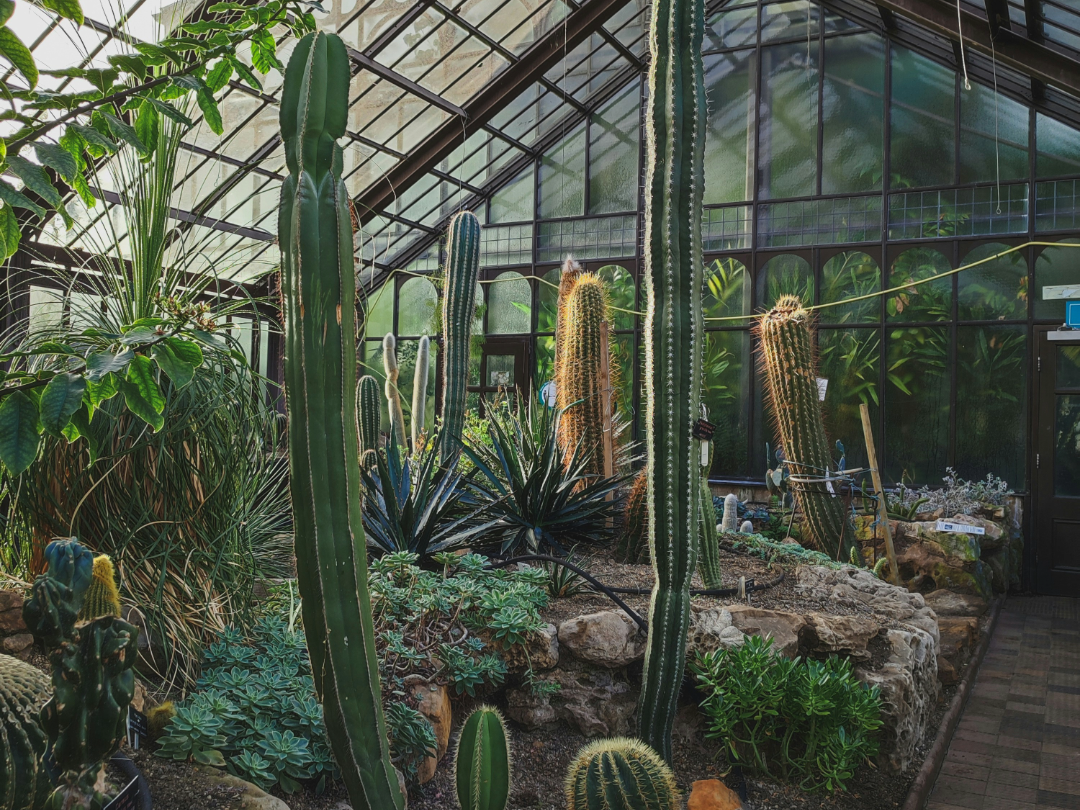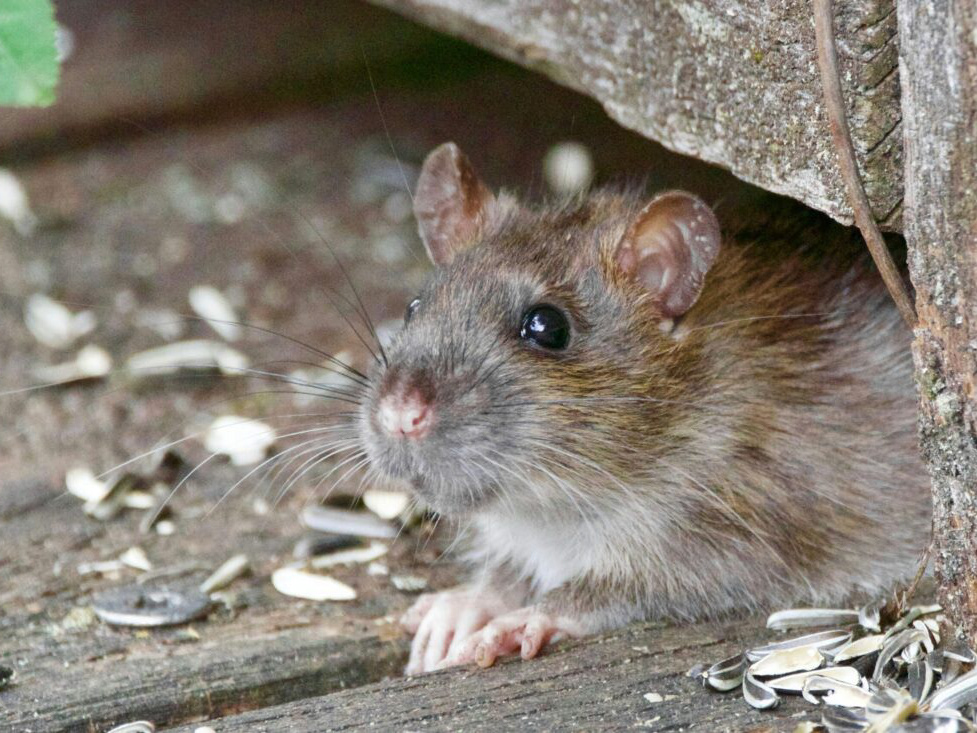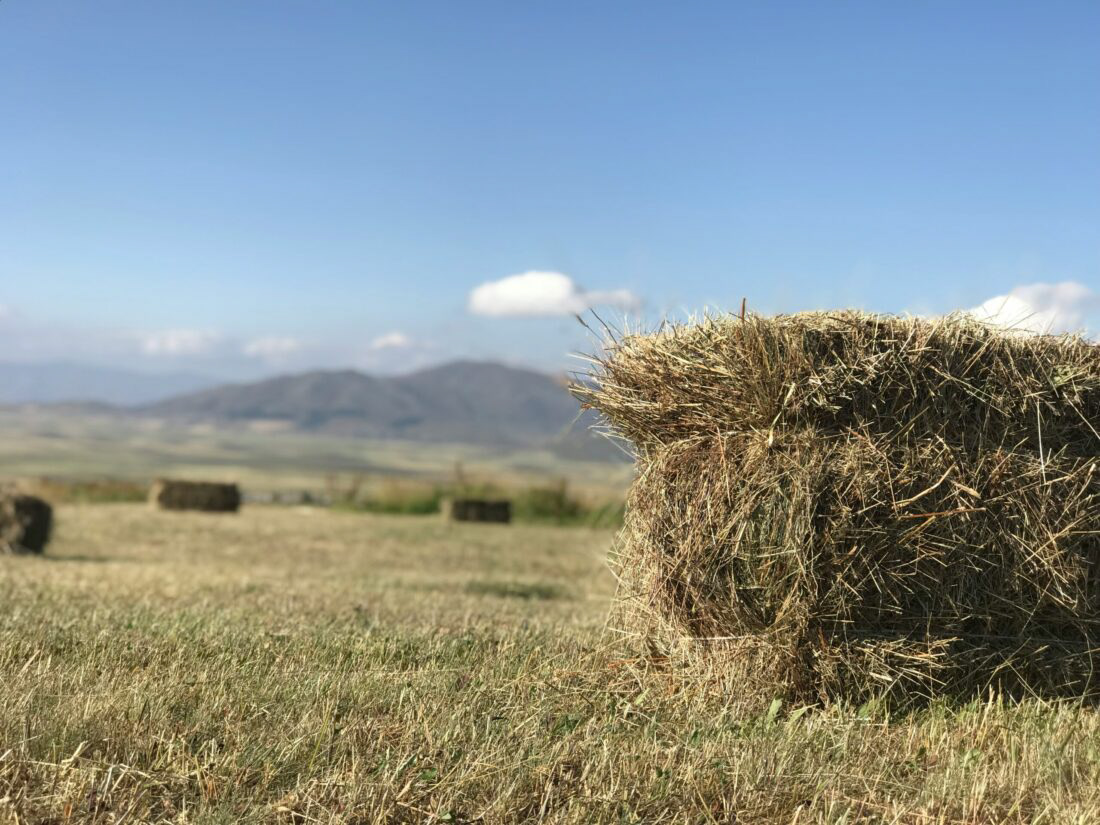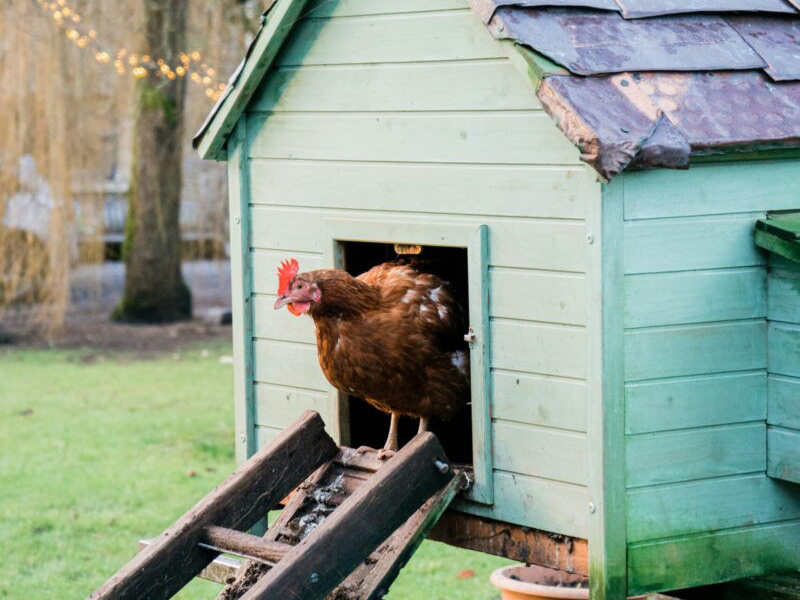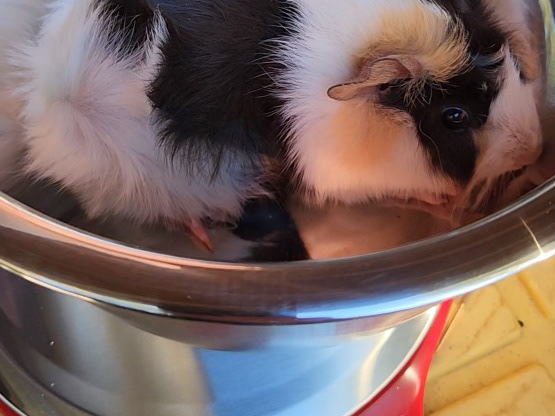Asparagus and guinea pigs go great in the garden together. Guinea Pigs don’t really like the taste of Asparagus and tend to leave the plant alone and eat the vegetation around it instead. This makes them the perfect companion for your Asparagus plants. Not only will the guinea pigs weed your Asparagus bed they will fertilize it at the same time. Asparagus can be a nutritious addition to a guinea pig’s diet due to its high vitamin content, particularly vitamin C. Guinea pigs, like humans, are unable to synthesize vitamin C on their own and must obtain it from their diet. Asparagus provides a moderate amount of vitamin C, along with other essential nutrients such as vitamin K, vitamin A, and fiber.
What is Asparagus
Asparagus, a perennial flowering plant belonging to the genus Asparagus, is celebrated for its delicate and flavorful young shoots, which are harvested and enjoyed as a delectable vegetable. With its long, slender spears and vibrant green hue, asparagus is a staple in culinary traditions around the world. While commonly recognized for its tender texture and distinct taste, asparagus is also prized for its nutritional richness, boasting an impressive array of vitamins, minerals, and antioxidants. As a member of the lily family, asparagus plants produce feathery foliage and small white or pink flowers, adding beauty to garden landscapes as they mature. Cultivated for centuries for both its culinary and medicinal properties, asparagus continues to captivate taste buds and inspire creativity in kitchens globally.
Growing Asparagus
Growing asparagus requires patience and careful attention, but the rewards are well worth the effort. Asparagus thrives in well-drained soil and full sun, making it ideal for garden beds or raised beds with good drainage. Before planting, prepare the soil by incorporating plenty of organic matter and ensuring a slightly acidic to neutral pH level. Asparagus can be grown from seeds, but most home gardeners prefer to plant crowns, which are the root systems of one-year-old asparagus plants. Plant the crowns in trenches or furrows, spaced about 12 to 18 inches apart, and cover them with a few inches of soil. As the plants grow, gradually fill in the trenches until they are level with the surrounding soil. Keep the bed well-watered, especially during the first few years of growth, and mulch to suppress weeds and retain moisture. Avoid harvesting spears from young plants, allowing them to establish themselves for a couple of years before beginning to harvest. With proper care and attention, asparagus plants can provide bountiful harvests for many years to come.
Harvesting Asparagus
Harvesting asparagus requires careful timing and technique to ensure a plentiful and delicious yield. Once asparagus plants have established themselves, typically after two to three years of growth, they are ready for harvesting. To harvest asparagus, carefully cut the spears just below the soil surface when they are about 6 to 10 inches tall and still tender. Use a sharp knife or garden shears to make clean cuts, being careful not to damage the emerging spears or surrounding foliage. Harvesting should be done regularly during the spring season, typically over a period of 6 to 8 weeks, to encourage continuous production and prevent the spears from becoming woody or tough. As the harvesting season progresses, monitor the size and thickness of the spears, opting to harvest larger spears earlier in the season and smaller, thinner spears later on. After the harvesting season ends, allow the remaining spears to grow and mature into fern-like foliage, which will replenish the plant’s energy reserves for the following year’s harvest.
Nutritional Facts
Asparagus is not only delicious but also packed with essential nutrients that promote overall health and well-being. Low in calories and sodium, yet high in vitamins and minerals, asparagus is a nutritional powerhouse. Just one cup of cooked asparagus provides a significant portion of the daily recommended intake of several key vitamins, including vitamin K, vitamin A, vitamin C, and folate. Additionally, asparagus is a good source of fiber, which supports digestive health and helps maintain a feeling of fullness. Asparagus also contains antioxidants such as glutathione and various flavonoids, which help protect the body against oxidative stress and inflammation. Incorporating asparagus into your diet can contribute to improved immune function, bone health, and heart health, making it a valuable addition to any balanced diet.
Fun Facts
Roman Culinary Delicacy:
Asparagus has a long history of culinary appreciation, dating back to ancient times. The Romans were particularly fond of asparagus and cultivated it extensively. They even developed special asparagus cultivation techniques, such as growing it in high-walled enclosures to encourage the growth of tender, white spears, which were considered a delicacy.
Mysterious Urine Odor:
After consuming asparagus, some people notice a distinct and somewhat peculiar odor in their urine. This phenomenon has intrigued scientists for centuries. Interestingly, not everyone can detect the odor, and genetic variations determine whether an individual can smell it or not. Despite the curiosity surrounding this phenomenon, the exact cause of the distinctive odor remains somewhat of a mystery, with various compounds in asparagus implicated in its production.
Conclusion
I hope you have found value and inspiration from this post.
Follow along on Facebook,
join the Guinea Pigs (Outdoors Only Group)

